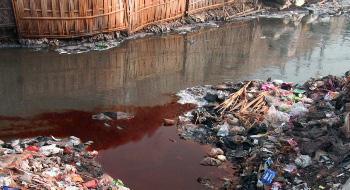
1 minute read
History of textile waste
Figure 27
Fashion has only recently become so accessible to everyone. Never before in history have we been able to so easily replace, purchase and change items in our wardrobes. The textiles trade is one of the oldest and most affluent trades however it is not easy to make fabrics. Huge quantities of water and energy are required to make and maintain textiles which has made it one of the most intensive resources. It wasn’t until the 20th century that new fabrics and the globalization of fashion that clothes could become disposable. Before this, many garments were expensive investments that were made for individuals. These pieces were designed to be worn for the life of the person i.e. darts and pleats were designed to be let out and moved as people’s weight and body type fluctuated and many woman’s clothes were made to be expanded during pregnancy. Fast fashion is an incredibly new concept that has emerged with new technology and the full globalization of trends. Zara, a fast fashion brand stated in the early 2000’s that it aimed to be able to complete the full designing, making and distributing process in 14 days. Meaning they could stock all stores with a new design in 2 weeks or under. This has meant that the current industry has made it into the top 3 most polluting industries in the world, equating to 4% of the worlds total pollution and 92 million tons of waste annually. Fashion and textiles use the most amount of water after agriculture and has permanently polluted water supplies with dyes and chemicals. The process of making fast fashion has also killed many people each year in unsafe and toxic working conditions. Unfortunately poorly made textiles like the ones used in fast fashion cannot be properly recycled as any process of tuning them into new yarn breaks the fibers down too much. For much of this kind of waste the only option is to up-cycle the waste, like I will be doing in task 3.
Advertisement






